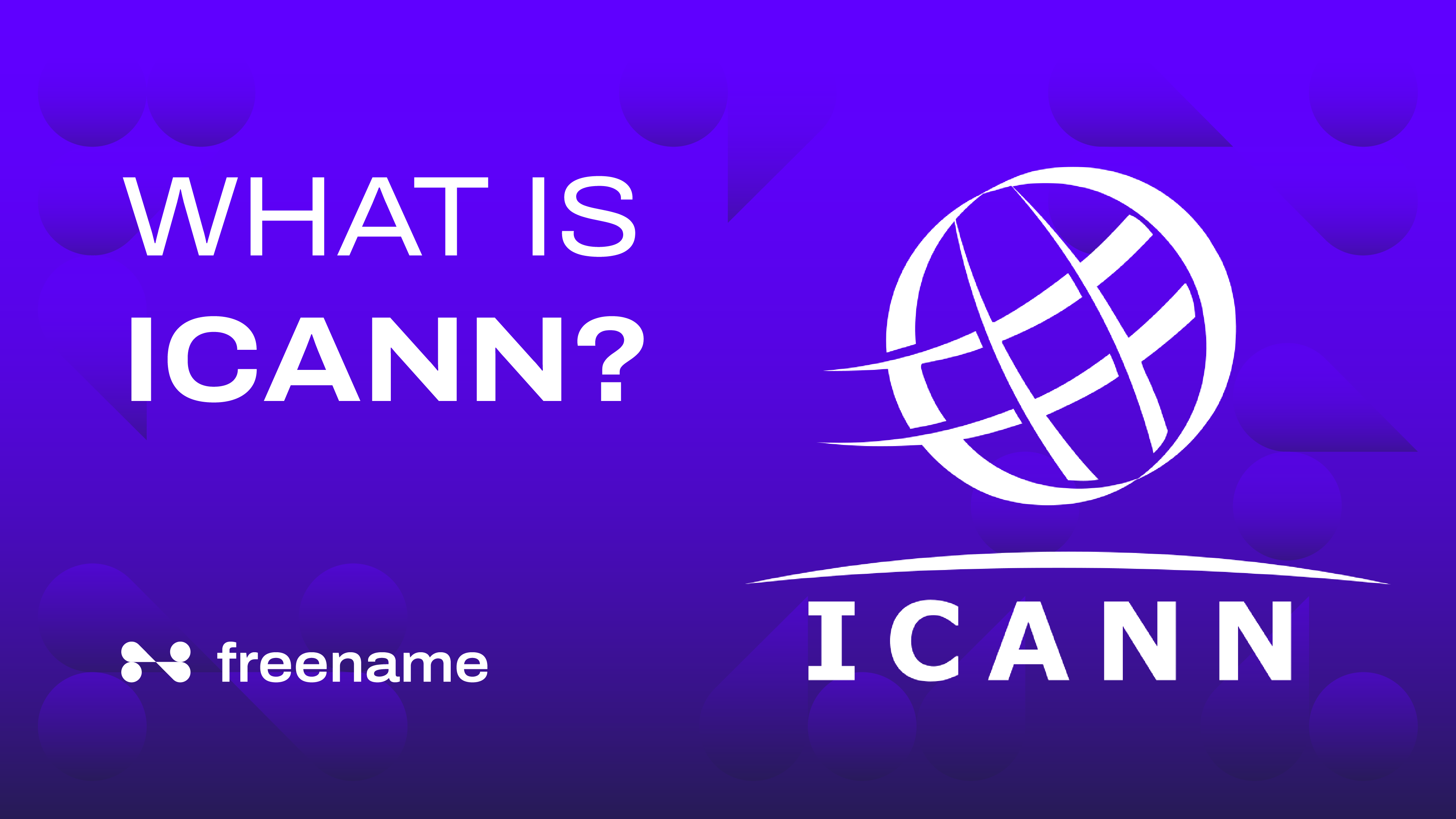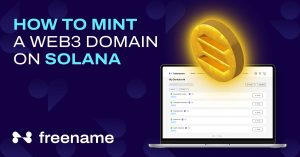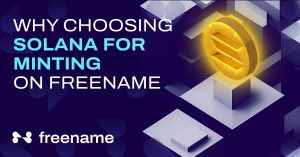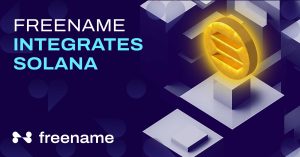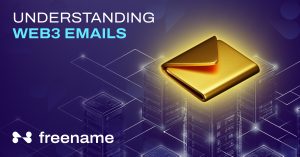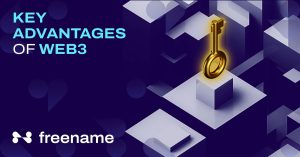What is ICANN and Its Role in Web3
The Internet Corporation for Assigned Names and Numbers (ICANN) operates as the backbone of the digital domain, ensuring that the internet remains an accessible and unified space for global communication.
This non-profit organization plays a critical role in the management of domain names and IP addresses, which are essential for the operation of the internet.
By overseeing the distribution and organization of these resources, ICANN helps maintain the internet as a stable and reliable network, enabling seamless connectivity across the globe.
Through its commitment to maintaining an open and interoperable internet, ICANN not only supports the technical underpinnings of the digital world but also fosters its growth and evolution.
The Origins of ICANN
ICANN was established in 1998, in response to the need for a dedicated organization to oversee the internet’s growing infrastructure. Its formation marked a significant transition in internet governance, from a largely U.S. government-controlled model to a more decentralized, multistakeholder approach. This shift reflected the internet’s evolution into a global network, necessitating governance that involved a broader spectrum of international stakeholders.
ICANN’s Mission and Principles
ICANN’s mission is to ensure a stable, secure, and unified global internet. To achieve this, it focuses on coordinating the allocation and maintenance of unique identifiers, such as domain names and IP addresses. Through its multistakeholder model, ICANN incorporates input from governments, private sector, civil society, and academic institutions, ensuring that internet governance remains inclusive and representative of the global internet community.
How ICANN Works
The Structure of ICANN
ICANN’s organizational structure is designed to ensure broad participation and representation. It includes various supporting organizations and advisory committees, each focused on different aspects of internet governance, such as the Generic Names Supporting Organization (GNSO) and the Country Code Names Supporting Organization (ccNSO). This structure facilitates collaboration among stakeholders from diverse backgrounds, enhancing the decision-making process.
The Role of ICANN in Internet Governance
ICANN’s role extends beyond the technical management of the internet’s system of unique identifiers. It also involves policy development related to the internet’s infrastructure, ensuring that these policies support the global internet’s growth and stability. Through its governance model, ICANN addresses complex issues that affect the internet, including privacy, security, and the introduction of new top-level domains.
Key Functions of ICANN
Domain Name System (DNS) Management
ICANN is responsible for overseeing the DNS, which translates human-friendly domain names into IP addresses that computers use to communicate. By coordinating the operation of the DNS, ICANN ensures that users can find websites on the internet efficiently and reliably.
IP Address Allocation
ICANN also plays a key role in allocating IP addresses, the numerical labels assigned to devices connected to the internet. Through its Regional Internet Registries (RIRs), ICANN distributes IP addresses, ensuring their efficient use and helping maintain the internet’s operational stability.
Protocol Parameter Assignment
In addition to domain names and IP addresses, ICANN coordinates the assignment of protocol parameters. These technical settings are essential for the interoperability of internet-connected systems, enabling diverse hardware and software to communicate effectively.
ICANN’s Global Impact
Enhancing Global Internet Stability
ICANN’s work ensures that the internet remains a stable and consistent platform for communication and innovation. By managing the internet’s system of unique identifiers, ICANN supports the technical infrastructure that underpins the global economy, education, and social interaction.
Promoting Competition and Choice in Domain Registration
ICANN’s policies have facilitated a competitive environment for domain registration, increasing choice and reducing costs for consumers. By introducing new top-level domains, ICANN has expanded the domain name space, allowing for more personalized and meaningful web addresses.
Challenges Facing ICANN
Policy Development and Implementation
As the internet continues to evolve, ICANN faces challenges in developing and implementing policies that address emerging issues, such as cybersecurity threats and the impact of new technologies on the DNS.
Security and Stability of the Internet
Ensuring the security and stability of the internet’s infrastructure is an ongoing challenge for ICANN. The organization must constantly adapt to threats and vulnerabilities that could undermine the DNS and the broader internet ecosystem.
Internationalization and Multilingualism
ICANN also strives to make the internet more inclusive by supporting internationalized domain names, which allow for domain names in non-Latin scripts. This effort is crucial for ensuring that the global internet reflects the linguistic diversity of its users.
ICANN in the Age of Web3
ICANN’s role in orchestrating the Domain Name System (DNS) and allocating IP addresses has underpinned the internet’s development, ensuring a stable and interconnected global network.
Traditionally, this centralized management has facilitated the orderly growth of the internet, but the rise of Web3 signals a transformative shift toward a decentralized framework.
Web3, often termed as the next evolutionary phase of the internet, aims to establish a user-centric web, empowering individuals with unparalleled control over their digital identities, assets, and data through blockchain technology and decentralized protocols.
This new paradigm of Web3 reimagines the internet’s infrastructure, prioritizing transparency, security, and user sovereignty. In this new model, blockchain-based domains and decentralized identity systems propose alternatives to ICANN’s DNS and IP address management, challenging the existing centralized mechanisms.
The decentralized nature of Web3, where authority and governance are distributed across the network, raises critical questions about the adaptability of ICANN’s governance and regulatory frameworks.
The integration of smart contracts and decentralized autonomous organizations (DAOs) offers a new approach to governance and interaction online, further diverging from traditional models overseen by entities like ICANN.
As these technologies gain traction, they could redefine how digital spaces are accessed, governed, and secured, potentially diminishing ICANN’s central role in internet governance.
To navigate this shift, ICANN may need to explore innovative governance models that align with Web3’s decentralized ethos. This could involve adopting blockchain technologies for DNS security enhancements or collaborating with decentralized networks to ensure a cohesive and secure global internet infrastructure.
The challenge for ICANN lies in balancing its foundational principles of stability and security with the dynamic, user-driven landscape of Web3.
Engaging with the Web3 community, understanding decentralized technologies, and possibly integrating these innovations into its frameworks might be crucial steps for ICANN to remain relevant and effective in this rapidly evolving digital age.
ICANN’s willingness to evolve and adapt will be instrumental in shaping the future of internet governance. The transition to Web3 offers an opportunity for ICANN to redefine its role, not as a central authority, but as a facilitator of a more resilient, secure, and user-empowered internet.

